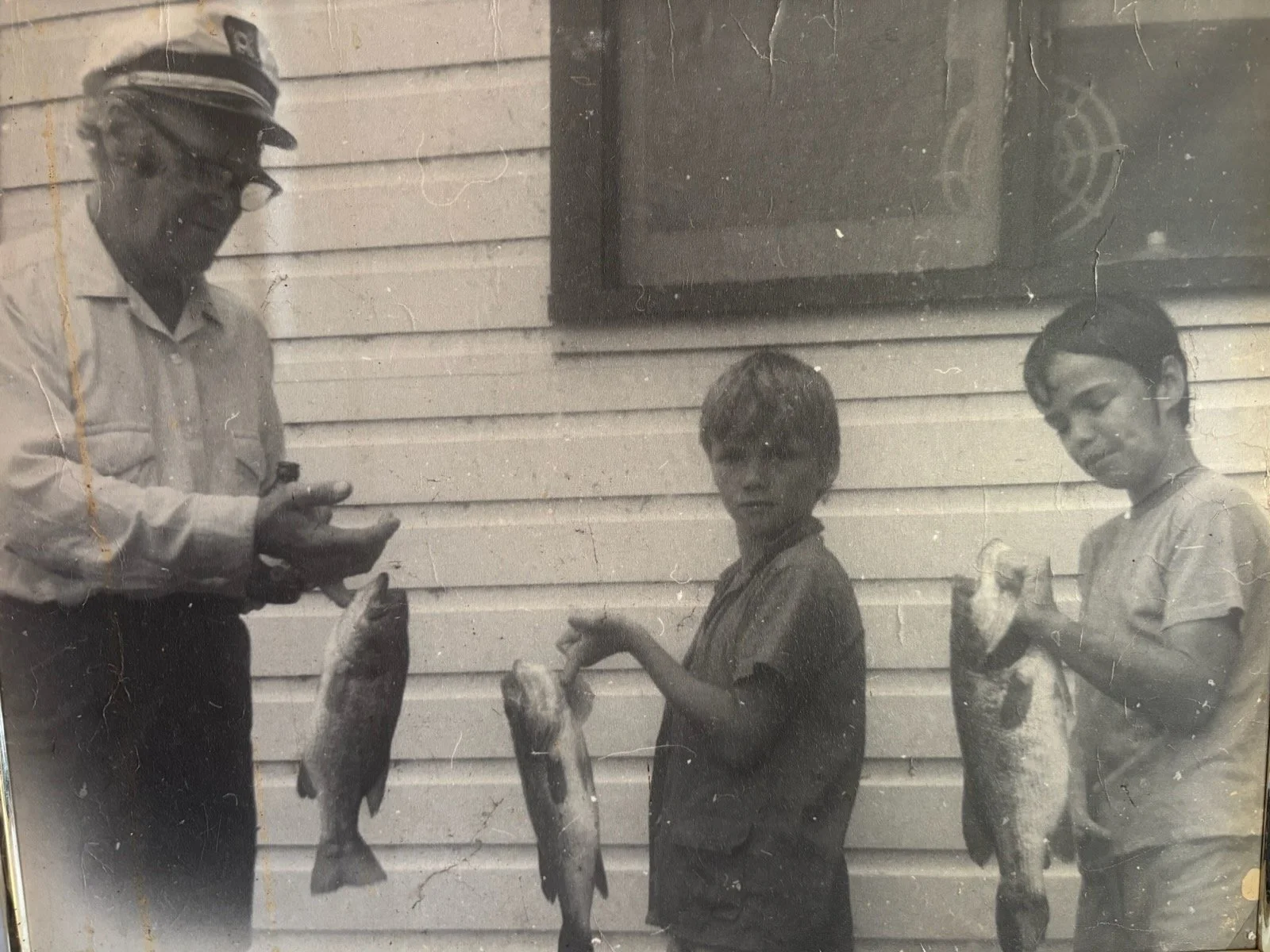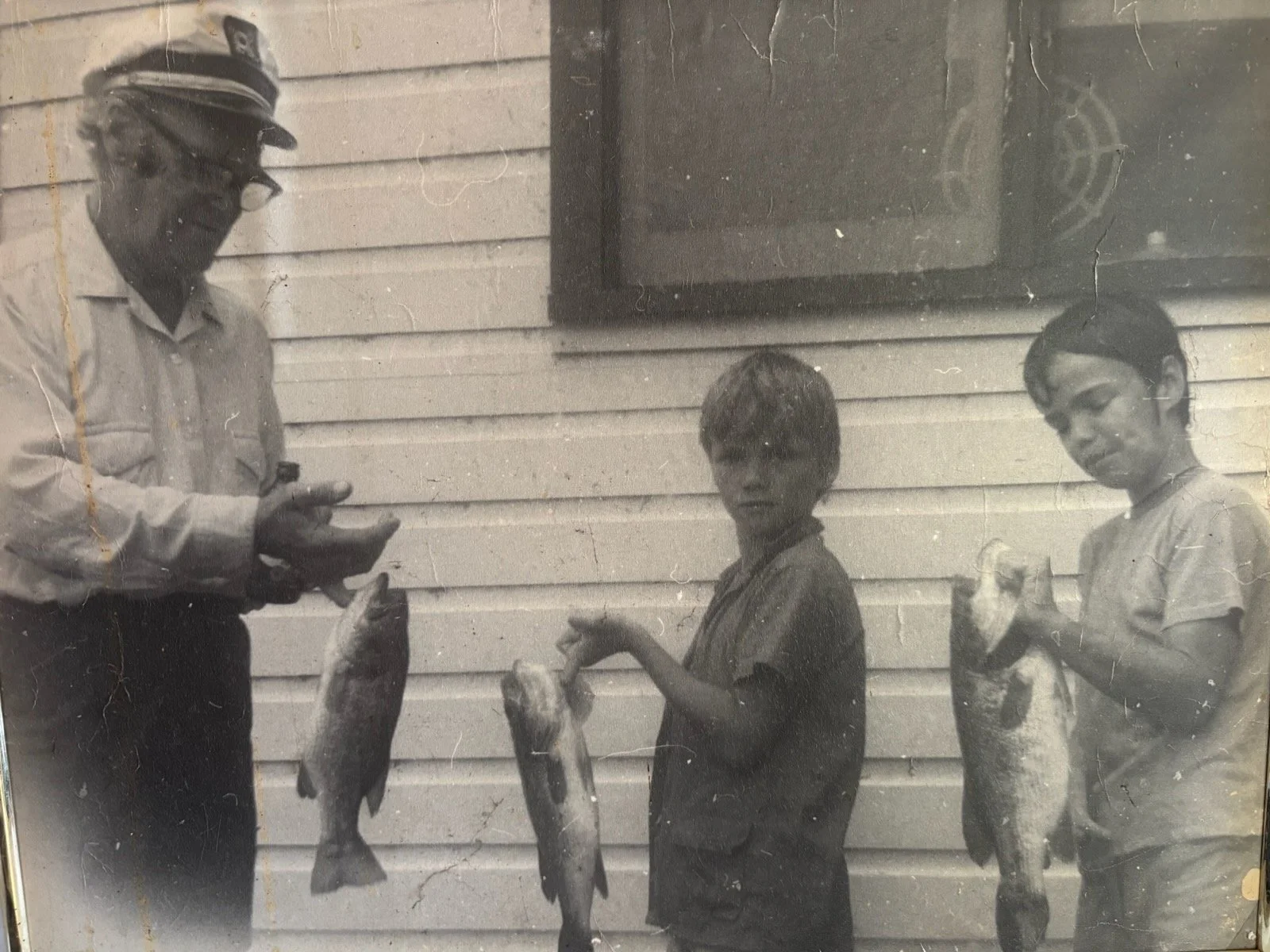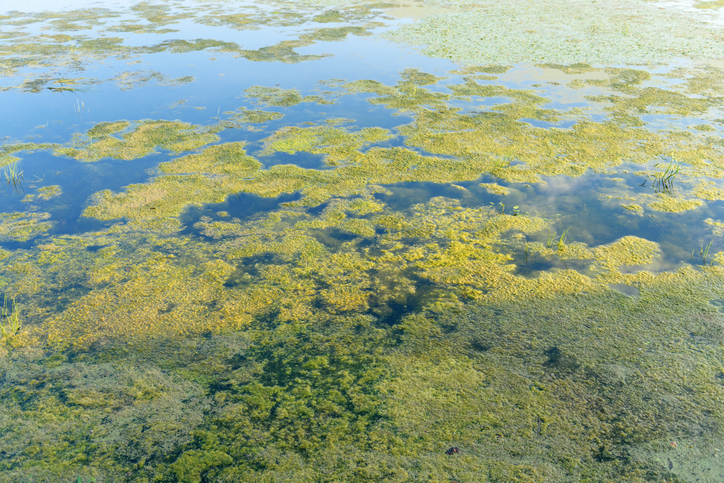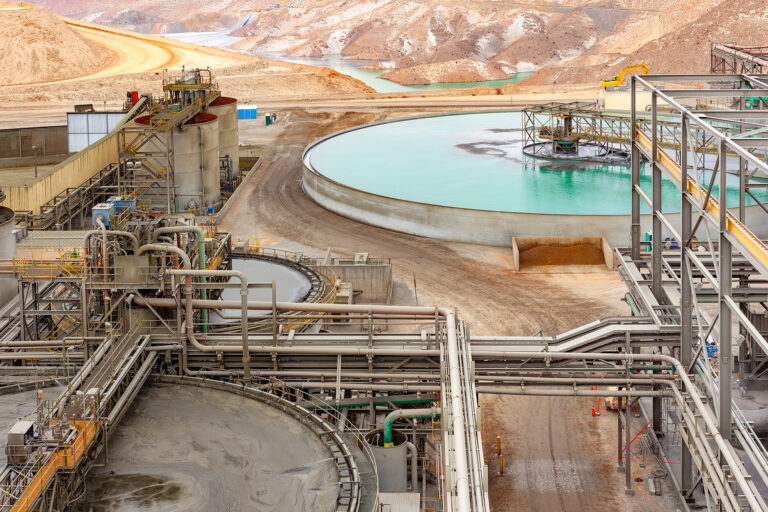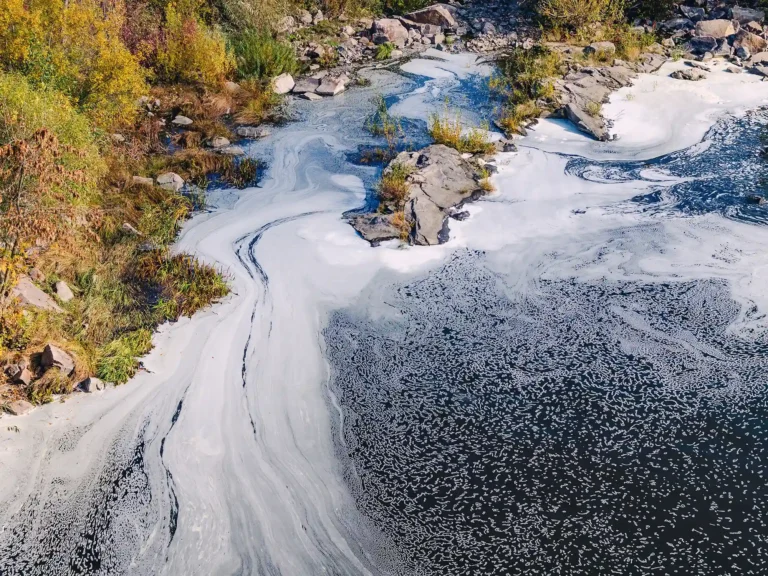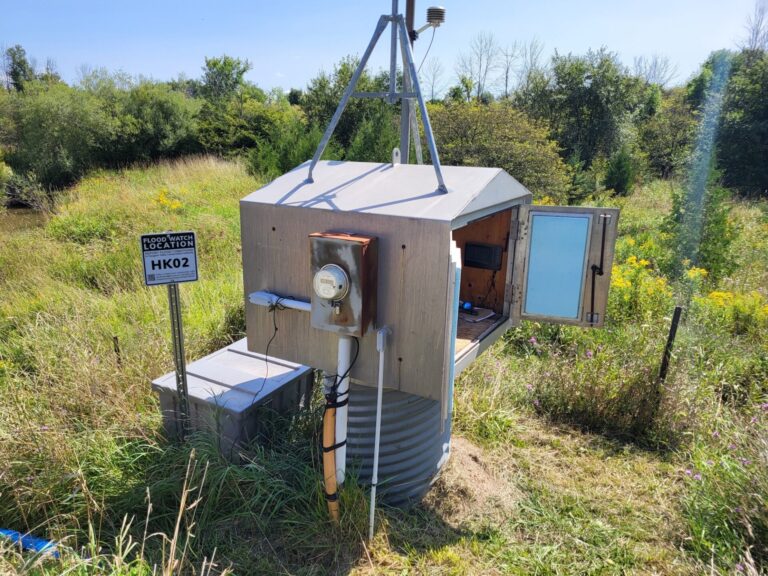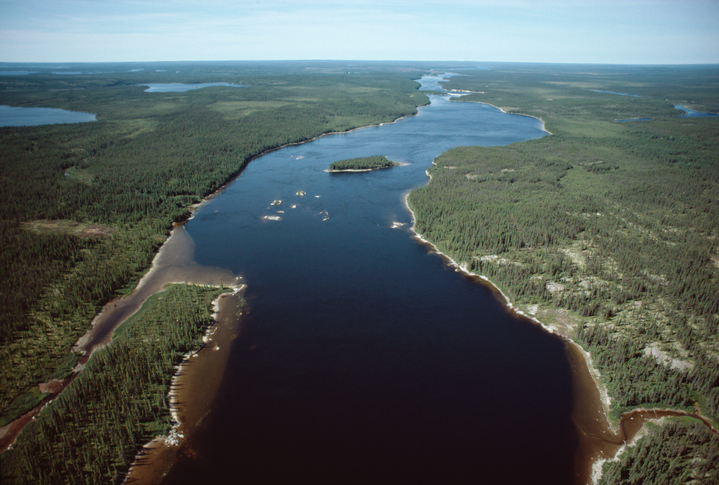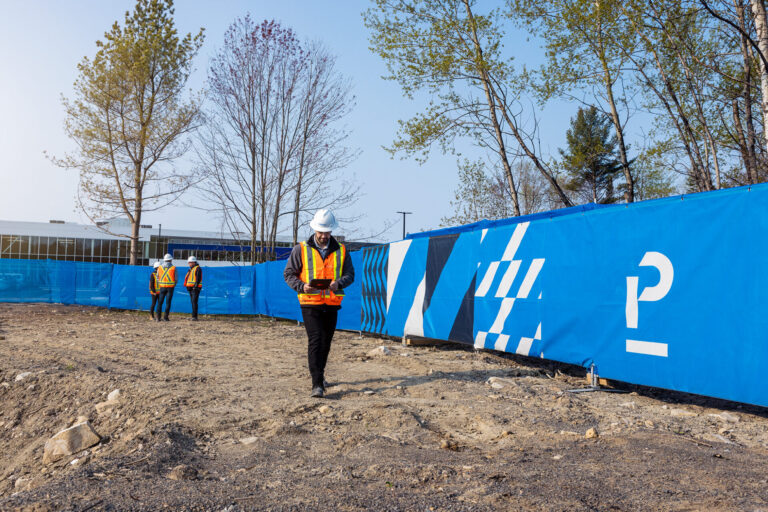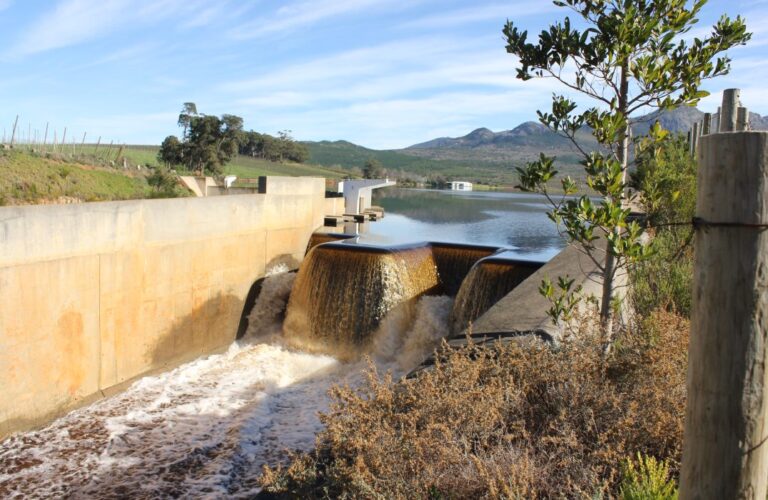From 1942 to 1944, my grandfather, Harold Mattson, commanded the 2nd Canadian Recovery Company through France, Holland, Belgium, and Germany. His mission was to recover and salvage—bringing back what was lost or broken. I often think about him as I walk along Canada’s beaches, waterfronts, and parks as part of my work with Swim Drink Fish.
Today, our mission echoes his: to recover access to something precious—our water.
For decades, Canada’s urban waterfronts were treated as dumping grounds. Toxic fill, garbage, and untreated sewage turned our shorelines into hazards. “No Swimming” signs became a familiar sight, especially in our most populated communities.
However, change began in 1970, sparked by the environmental awakening that followed the death of Lake Erie and the fire on the Cuyahoga River. Earth Day marked a turning point. Governments and communities invested billions in safer landfills, sewage treatment, and stormwater controls. While there’s still much work ahead to make all our waters swimmable, drinkable, and fishable, many places are now clean enough to welcome people back.
Thanks to increased water quality monitoring by community groups and governments—and platforms like Swim Guide, which freely share this data—we know where recovery is possible. We know where the water is safe. Now, we must act.
Many shorelines remain inaccessible. Concrete walls, rock barriers, and industrial remnants still separate people from the water. But there is hope. Planners and architects are reimagining waterfronts with access, safety, and beauty in mind.
The Gord Edgar Downie Pier in Kingston, built on a former coal dock, is a shining example. After investments in sewage infrastructure, the Pier now offers safe, exhilarating access to Lake Ontario.
Swimmable water has been a privilege for too few Canadians for too long. In a country blessed with freshwater and vast shorelines, it’s unacceptable that so many have never had the chance to swim in a lake, river, or ocean beach. Globally, the movement to restore swimmable water is gaining momentum—accelerated by events like the Paris Olympics, where swimming returned to the Seine River.
We don’t need to convince people of the health, economic, and cultural benefits of swimmable water. What we need is to highlight the specific opportunities for recovery in our communities. We need to salvage our shorelines—not just for nature, but for people.
All the effort we’ve put into cleaning our water was never just about pollution. It was about restoration. It was about bringing people back to the water’s edge—where ecosystems, wildlife, and communities can thrive together.
My grandfather loved to swim in cold water and fish in the evenings. It was obviously healing for him after returning from war. His love for our country, our rivers, lakes and oceans flows like water through his family and all Canadians to this day. It is our time now to act.
Article by Mark Mattson, President of Swim Drink Fish Canada, SwimDrinkFish.ca.

